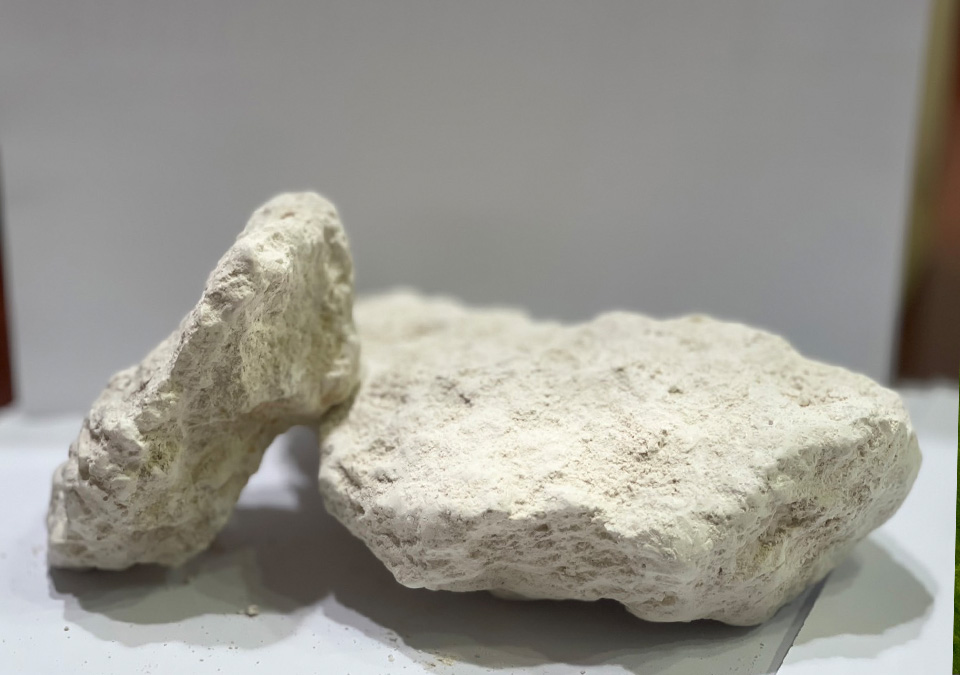The characteristics and benefits of Marl
Benefits of Marl as follows
Most components such as calcium carbonate (CaCo2) and clay (Clay) in the ratio of 35-65%, CaCo3 ratio 35% to clay 65% are milky white brown. It is a relatively loose-textured limestone with CCE91 93%, CaCo3 91.09-92.71%, CaO 51.04-51.95%, MgCo3 015-0.43% and MgO 0.04-0.14%.
- Helps raise the pH level of the soil. reduce soil acidity
- Helps to benefit from macronutrients and supplement Nitrogen, Phosphorus, Calcium, Magnesium, Silica, Molybdenum.
- enhances microbial activity beneficial to plants
- Reduces toxicity caused by high concentrations of iron, aluminum, as well as toxins pyrite and hydrogen sulfide. in soil solution
Marl : It will be a soil amendment material that provides both calcium. It also helps to adjust the pH value of the soil to increase slowly. It is also a useful source of calcium for plants. That is cheaper than quicklime or dilomite as well Because marl will use the cost of production as a soil amendment material that is cheaper than lime. Therefore, it is a suitable source of calcium for use in agriculture, such as peanut production, especially in the northeastern region where most of the soils are acidic. The marl will help adjust the acidic soil condition to rise slowly and increase gradually. even if we are in large quantities And the chance of harming the plant is very small. which if we put in a large quantity once and cannot completely decompose
“Marl” is produced by excavating the white soil, also known as calcium carbonate or calcareous deposits of dissolved calcium under the surface of the black soil layer. (For millions of years, according to the physical source of minerals) in Phra Phutthabat District, Saraburi Province, when excavated, the condition will be lumpy and damp. This ore needs to be rested for a while to reduce its moisture content and then milled thoroughly with a hammer mill. It cannot be ground because it is physically moist. Therefore, the resolution is approximately only 80-100 mesh, which still has some grit left when dissolved in water, which is a normal characteristic of this marl. because its fineness is not like other minerals such as calcium, dolomite, phosphate, perrite, gypsum, etc. because they are produced by Crushed by a machine with giant rollers inside.

